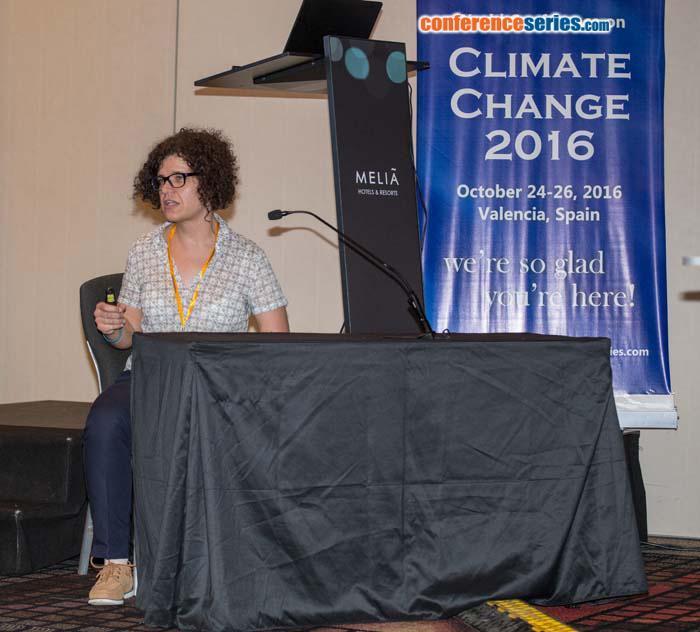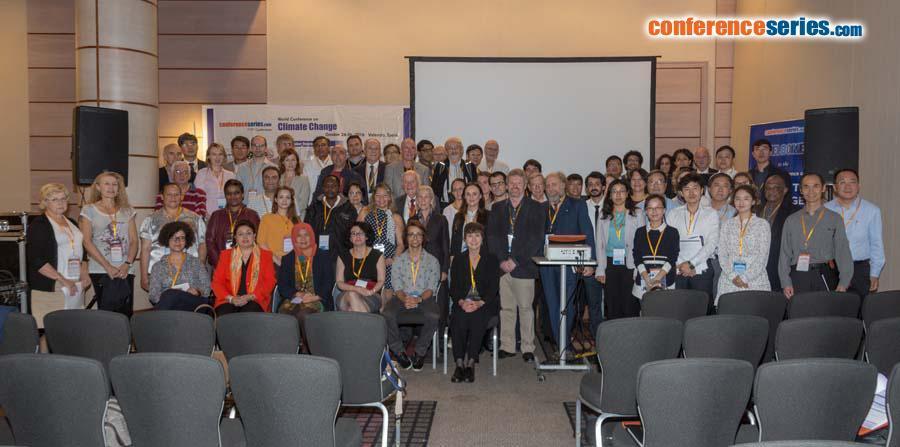
Aleksandra (Sasha) Kosanic
University of Konstanz, Germany
Title: Changes in geographical distribution of plant species as a response to climatic change on the West Cornwall Peninsula (South West England)
Biography
Biography: Aleksandra (Sasha) Kosanic
Abstract
Recent climate change has had a major impact on biodiversity and has altered the changes in geographical distribution of vascular plant species. This trend is visible globally; however, more local and regional scale research is needed in order to improve understanding of the patterns of climate change and between taxa in order to develop appropriate conservation strategies that can minimize cultural, health and economic losses at these scales. In order to track species response to the climate or environmental change historical records (e.g. archive weather records, herbarium collections) present exceptional scientific and conservation value because they offer the means of tracking changes in climate and species’ geographical distribution over time. Nevertheless, most of such datasets are still locked in museum archives and not available in digitized or geo-referenced form. Therefore, here we present a method to manually geo-reference botanical records from a historical herbarium dataset in order to track changes in the geographical distribution of plant species in West Cornwall (South West England) using both historical (pre-1900) and contemporary (post-1900) distribution records. It will be also assessed weather Ellenberg and environmental indicator values (calibrated for United Kingdom) can be used as markers of responses to climate and environmental change. Using these techniques we detect a loss in 19 plant species, with 6 species losing more than 50% of their previous range. Statistical analysis showed that Ellenberg (L-light, M-moisture and N-nitrogen) and environmental indicator values (Tjan-mean January temperature, Tjul-mean July temperature and RR-mean precipitation) could be used as environmental change indicators. Significant correlations were detected between percentage of area lost and species with lower January temperatures, July temperatures, light, and nitrogen value, as well as higher annual precipitation and moisture values. This study highlights the importance of historical records in examining the changes in plant species’ geographical distributions and also presents a method for manual geo-referencing of such records. Furthermore, it also shows how Ellenberg and environmental indicator values can be used as environmental and climate change indicators and as tools towards appropriate conservation strategies.
Speaker Presentations
Speaker PDFs
Speaker PPTs Click Here




